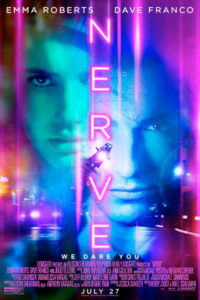Heros and Villains by the Generation
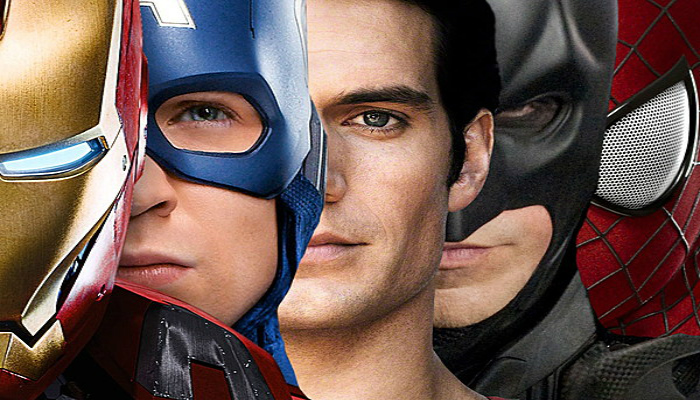
One aspect of this era is the wild success of the franchise films based off of the works of two prominent American comics publishers – Marvel and DC.
There is something quintessentially American about the superhero genre. It tells stories where empowered, self-motivated individuals – what all Americans are in theory – strive to better society while struggling with profound ethical dilemmas. The stories indulge a form of escapism where the intractable problems of the world are conceivably solvable – given fantastical powers and abilities. Why is it so hard to bring peace and stability to the far-flung regions of the planet? Well obviously we simply lack sufficiently advanced technology.
At their worst these movies are trite and tedious, with the same formula repeated ad nauseam. At their best they are rich allegories about power and responsibility, or intriguing character studies. The modern wave of blockbusters has enjoyed tremendous box office success, and love them or hate them, you can’t deny they are a hallmark of our time.
Because I always like to see the generational angle, I decided to catalog the generation and sex of the directors and principal actors in both the Marvel Cinematic Universe and the DC Extended Universe films to date. Actually, only up to how far I’ve seen the films because I didn’t want my research to reveal any spoilers. But that’s close to all films to date.
So here is a summary of what I discovered.
The franchises have been a bonanza for Gen-X men, who comprise the majority of directors, and of actors portraying either superheros or supervillains. Gen-X men dominate as directors, with a few Boomer men joining their ranks, along with one Gen-X woman (the director of Wonder Woman) and one Millennial man (the director of Black Panther).
Gen-X men play a majority of the superheros, though a significant number of Millennials share that role. The iconic Gen-X example is surely Robert Downey Jr. as reckless playboy Tony Stark (Iron Man), who is a foil for dutiful Millennial Chris Evans (technically a Gen-X cusper) as Captain America. A conflict between the two characters is even a major element of the MCU story arc. And DCEU has its own Gen-X/Millennial pair of frenemies – the brooding Ben Affleck as Batman versus the self-assured Henry Cavill as Superman.
GenX men are less dominant as supervillains, because Boomer men have found a niche there. Many of the villains are egotistical and power-hungry Boomer men – James Spader as Ultron, Kurt Russell as literally a character called Ego. Their machinations are always being thwarted by younger heroes – an allegory about our times, I suppose. But Boomer men have also found a niche in supporting roles, paternal and self-sacrificing – like Kevin Costner as Jonathan Kent or Michael Booker as Yondu.
Boomer and Gen-X women have benefited much less from the superhero film phenomenon. There are very few roles for Gen-X women, despite such prominent stars as Gwynneth Paltrow as Pepper Potts and Amy Adams as Lois Lane. Boomer women are similarly underrepresented – the only notable example I could identify was Glenn Close in a supporting role.
With Millennials you see the most gender diversity – there are almost as many female Millennial superheros as male. But with the exception of Gal Gadot’s Wonder Woman, no female superhero has her own movie – a fact not lost on critics. There is a female Millennial villain – Cara Delevingne as Enchantress, and there are two if you count Margot Robbie as Harley Quinn.
The Guardians of the Galaxy movies have the most gender diverse cast – including the only Gen-X female superhero – Zoe Saldana as Gamora. Thus it is ironic that writer/director James Gunn was hashtag metoo’d out of the franchise.
A final note: only one actor from the Silent generation appears in the MCU or DCEU – Anthony Hopkins as Odin.
In conclusion, the modern wave of superhero movies can be seen as the wish-fulfillment of Gen-X men, who are so prominent in their making. Presumably many of the men of that generation grew up consuming the comics and the earlier movies and television shows made around them. Boomer men, who overshadowed Gen-X growing up, get to be villains or supporting characters. Millennials, meanwhile, are along for the ride, with many Millennial women asserting themselves as equals, as the girl power generation has been preparing to do their whole lives.
Assuming the superhero craze lasts for very much longer, can we expect the Millennial generation to slowly take it over, putting an end to the male dominance that characterizes the franchises today? Or will Gen-Xers maintain their control, until the genre is out of touch with the times? I’m always hearing people say they are tired of these movies, yet there doesn’t seem to be an end to them in sight. And personally I’m excited as any fan about the upcoming releases.
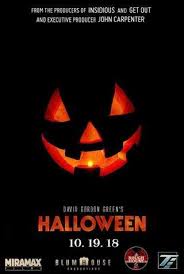
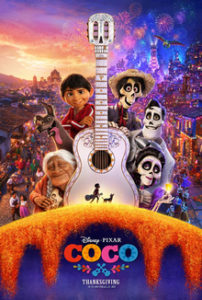 The latest Pixar offering,
The latest Pixar offering, 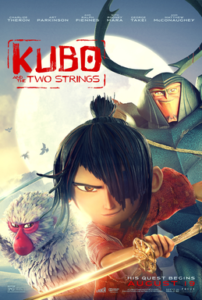
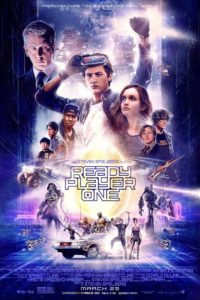 Why would the youth of 2045 be obsessed with the pop culture of the late 1900s? This was my thought as I sat in the theater and watched the movie
Why would the youth of 2045 be obsessed with the pop culture of the late 1900s? This was my thought as I sat in the theater and watched the movie 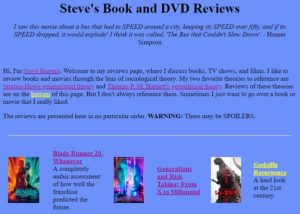
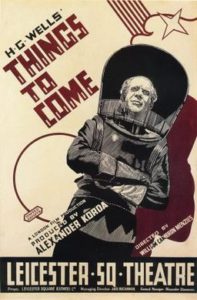 I recently watched
I recently watched 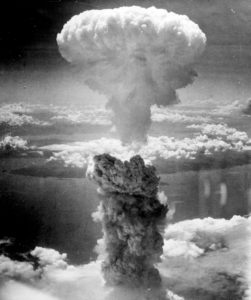
 I watched
I watched  So I went to see
So I went to see 
